Home>Renovation & DIY>DIY Projects & Ideas>How To Organize Games
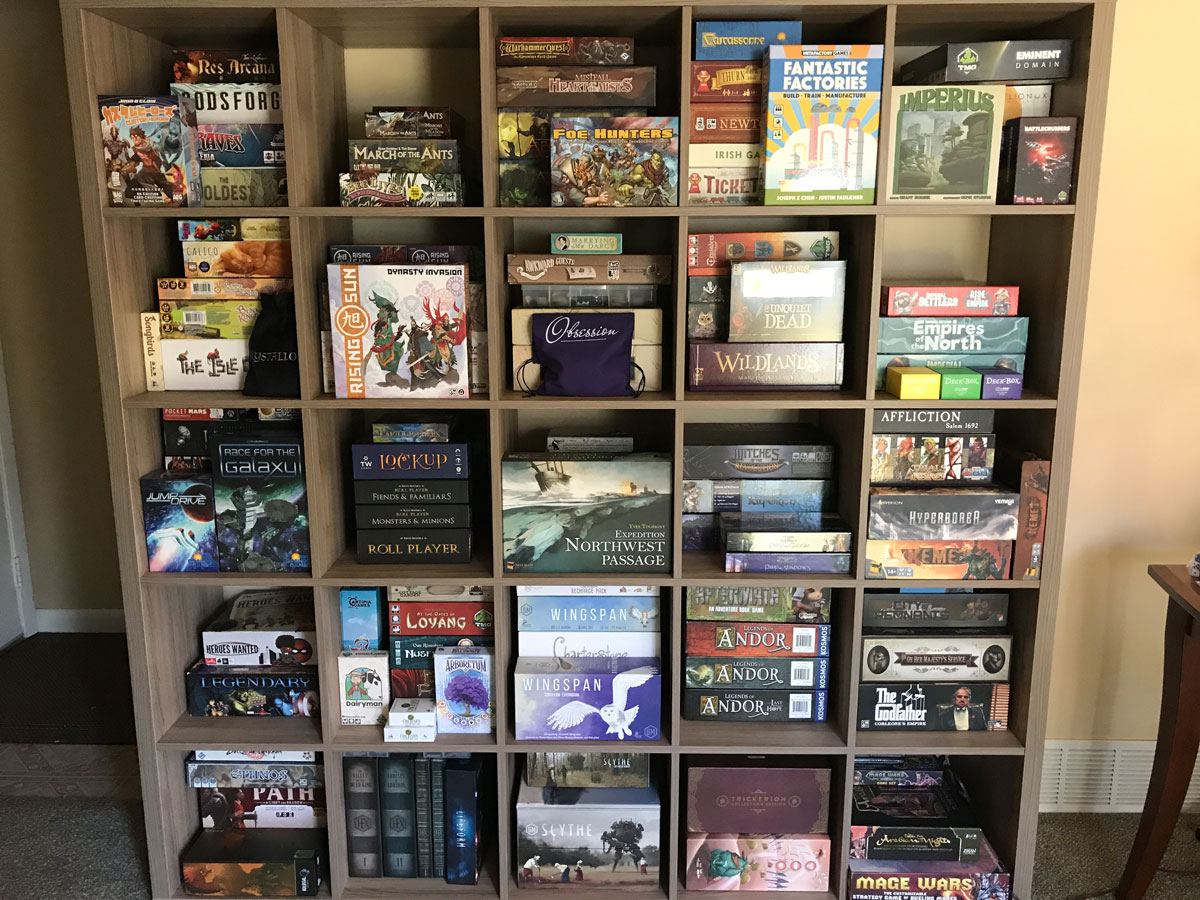

DIY Projects & Ideas
How To Organize Games
Published: March 3, 2024
Discover creative DIY projects and ideas for organizing games. Get tips on how to create fun and engaging game setups for any occasion. Explore innovative game organization solutions now!
(Many of the links in this article redirect to a specific reviewed product. Your purchase of these products through affiliate links helps to generate commission for Storables.com, at no extra cost. Learn more)
Choosing the Right Games
When it comes to organizing games, the first step is to choose the right ones that will appeal to your audience and fit the occasion. Whether you're planning a family game night, a birthday party, or a team-building event, selecting the appropriate games is crucial for a successful and enjoyable experience. Here are some tips to help you choose the right games for your event:
-
Consider the Age Group: Take into account the age range of the participants. Games suitable for children may not be as engaging for adults, and vice versa. Ensure that the games you choose are age-appropriate and enjoyable for everyone involved.
-
Assess the Group Size: The number of participants will influence the type of games you can organize. For larger groups, consider games that can accommodate multiple players simultaneously, while smaller groups may benefit from more intimate or cooperative games.
-
Factor in the Venue: The location of your event can also impact the types of games you can organize. Indoor venues may require games that don't require a lot of space, while outdoor settings can offer more flexibility for physical activities and larger-scale games.
-
Consider the Theme or Occasion: If your event has a specific theme or purpose, such as a holiday celebration or a team-building retreat, choose games that align with the theme and contribute to the overall atmosphere.
-
Balance of Competitive and Cooperative Games: Depending on the dynamics of your group, consider incorporating a mix of competitive and cooperative games to cater to different preferences and foster a sense of teamwork.
By carefully considering these factors, you can select the perfect games that will ensure everyone has a great time and the event is a resounding success.
Key Takeaways:
- Choose games based on age, group size, venue, theme, and balance of competition. This ensures everyone has fun and the event is a hit.
- Organize game stations with designated areas, equipment, seating, clear instructions, space considerations, and accessibility for a smooth and enjoyable gaming experience.
Setting Up Game Stations
Setting up game stations is a crucial aspect of organizing games, as it directly impacts the flow and enjoyment of the event. Whether you're hosting a game night at home or coordinating a larger gathering, the arrangement of game stations can significantly enhance the overall experience. Here's a detailed guide on how to set up game stations effectively:
-
Designated Areas: Begin by designating specific areas for each game station. Depending on the available space, you can arrange the stations in different rooms or sections of the venue. Clearly mark each station with signage or labels to make it easy for participants to navigate.
-
Equipment and Supplies: Ensure that each game station is equipped with the necessary supplies and equipment. This may include board games, card decks, dice, game pieces, scorecards, timers, and any other materials required for the games. Having everything readily available at each station minimizes disruptions and keeps the games running smoothly.
-
Comfortable Seating: If the games involve sitting for extended periods, provide comfortable seating options at each station. Consider using chairs, cushions, or bean bags to create a cozy and inviting atmosphere for the participants.
-
Clear Instructions: Display clear and concise instructions for each game at its respective station. This helps participants understand the rules and objectives without the need for constant supervision. Additionally, consider including visual aids or diagrams to further clarify the gameplay.
-
Space Considerations: Take into account the space requirements for each game and arrange the stations accordingly. Games that involve physical movement or larger playing areas should be positioned in areas with ample space, while tabletop games can be grouped together in a separate section.
-
Accessibility and Flow: Ensure that the layout of the game stations allows for easy accessibility and smooth traffic flow. Avoid overcrowding the stations in a way that causes congestion, and consider the natural movement of participants as they transition between different games.
By following these guidelines, you can effectively set up game stations that are organized, engaging, and conducive to a fun and enjoyable gaming experience for all participants.
Creating a Game Schedule
Creating a game schedule is essential for ensuring that the event runs smoothly and that all planned games are given adequate time and attention. A well-structured schedule helps maintain a sense of order and prevents confusion among participants. Here's a detailed approach to creating a game schedule that maximizes enjoyment and participation:
-
Determine Time Slots: Begin by dividing the event duration into distinct time slots, each dedicated to a specific game or gaming activity. Consider the estimated duration of each game and allocate appropriate time slots accordingly. Factor in transition periods between games to allow for setup, instructions, and any necessary breaks.
-
Variety and Balance: Incorporate a variety of games into the schedule to cater to different interests and preferences. Balance the schedule by alternating between high-energy and more relaxed games to maintain engagement and prevent fatigue. Additionally, consider mixing individual, team-based, and cooperative games to provide diverse experiences for participants.
-
Consider Age and Skill Levels: If the event involves participants of varying ages or skill levels, tailor the schedule to accommodate everyone. Arrange games in a way that allows younger or less experienced players to participate in earlier time slots, while reserving more challenging games for later in the schedule.
-
Factor in Breaks and Refreshments: Integrate short breaks into the schedule to allow participants to rest, socialize, and recharge. Consider providing refreshments during these breaks to keep participants energized and hydrated. Additionally, use breaks as opportunities to transition between different areas or game stations if applicable.
-
Flexibility and Contingency: While it's important to stick to the schedule, allow for some flexibility to accommodate unexpected delays or spontaneous moments of fun. Have a contingency plan in place in case a game runs longer than anticipated or technical issues arise. Being adaptable ensures that the event remains enjoyable and stress-free.
-
Communicate the Schedule: Once the game schedule is finalized, communicate it clearly to all participants. Display the schedule prominently at the event venue and provide copies to attendees if necessary. Clearly outline the start and end times for each game, as well as any special instructions or transitions between activities.
By creating a well-organized game schedule that considers the diverse needs of participants and allows for flexibility, you can ensure that the event unfolds seamlessly and that everyone has a fantastic time engaging in the games and activities.
Organizing Game Materials
Organizing game materials is a crucial aspect of ensuring that the games run smoothly and that participants have everything they need to fully engage in the activities. Proper organization of game materials minimizes confusion, reduces setup time, and enhances the overall gaming experience. Here's a detailed guide on how to effectively organize game materials for your event:
-
Inventory and Preparation: Begin by taking inventory of all the game materials you'll need for each activity. This includes game boards, cards, dice, timers, score sheets, playing pieces, and any other specific items required for the games. Once you have a comprehensive list, gather and prepare the materials in advance to avoid last-minute scrambling.
-
Storage and Accessibility: Store the game materials in a way that allows for easy accessibility and retrieval. Consider using labeled containers, bins, or shelves to categorize and store the materials for each game. This not only keeps everything organized but also streamlines the setup process when transitioning between different activities.
-
Portable Game Kits: For games that require multiple components or have intricate setups, consider creating portable game kits. These kits can include all the necessary materials packaged in a convenient and compact manner, making it easy to transport and set up the games at different locations within the event venue.
-
Replacement and Backup: Anticipate the possibility of wear and tear on game materials, especially for frequently played games. Have replacement pieces or backup materials on hand to address any unforeseen damage or loss during the event. This proactive approach ensures that the games can continue without disruptions.
-
Visual Aids and Instructions: Display visual aids and instructions alongside the game materials to guide participants through the setup and gameplay. This can include diagrams, rule sheets, or quick-reference cards that provide clear and concise information. Visual aids help participants understand the game mechanics without the need for extensive verbal explanations.
-
Maintenance and Organization: Throughout the event, periodically assess the condition of the game materials and reorganize them as needed. Keep the playing area tidy by promptly returning materials to their designated storage after each game. This ongoing maintenance ensures that the materials remain organized and readily available for subsequent activities.
By implementing these strategies for organizing game materials, you can streamline the setup process, maintain the integrity of the games, and provide participants with a hassle-free and enjoyable gaming experience.
When organizing games, create a schedule with clear start and end times, set up designated play areas, and provide clear instructions and rules for each game. This will help keep the games running smoothly and ensure everyone has a good time.
Establishing Game Rules and Guidelines
Establishing clear and comprehensive game rules and guidelines is fundamental to ensuring that all participants understand the objectives, boundaries, and expectations of each game. By establishing a solid framework for gameplay, you can promote fairness, sportsmanship, and an overall enjoyable experience for everyone involved. Here's a detailed approach to establishing game rules and guidelines:
-
Rule Clarity: Clearly articulate the rules of each game in a straightforward and understandable manner. Avoid ambiguity or vague language that may lead to confusion or disputes during gameplay. Use simple and concise language to convey the rules effectively.
-
Rule Demonstration: If the games involve specific techniques, movements, or strategies, consider demonstrating the gameplay to participants before the start of each game. This hands-on approach allows participants to visually comprehend the rules and reduces the likelihood of misunderstandings.
-
Printed Rule Sheets: Provide printed rule sheets or handouts that outline the game rules and guidelines. Distributing these materials to participants ensures that they have a reference to consult if they need clarification during the game. Include visual examples or diagrams to supplement the written instructions.
-
Interactive Q&A: Encourage participants to ask questions about the rules and guidelines before the games commence. Address any uncertainties or inquiries to ensure that everyone is on the same page regarding the gameplay mechanics and expectations.
-
Fair Play Emphasis: Emphasize the importance of fair play, respect, and good sportsmanship throughout the games. Clearly communicate any specific rules related to conduct, etiquette, or player interactions to foster a positive and inclusive gaming environment.
-
Scoring and Winning Conditions: Clearly define the scoring system and winning conditions for each game. Ensure that participants understand how points are earned, how winners are determined, and any tie-breaking procedures if applicable. Transparency in scoring promotes a sense of fairness and healthy competition.
-
Safety Guidelines: If the games involve physical activity or movement, establish safety guidelines to prevent accidents or injuries. Communicate any necessary precautions, space limitations, or equipment usage instructions to ensure the well-being of all participants.
-
Consistency and Enforcement: Enforce the game rules consistently throughout the event to maintain a level playing field. Address any rule violations promptly and impartially, reinforcing the importance of adhering to the established guidelines.
By establishing clear and comprehensive game rules and guidelines, you can create an environment where participants feel informed, empowered, and confident in their understanding of the games. This proactive approach sets the stage for a successful and enjoyable gaming experience for all involved.
Read more: How To Store Video Games
Managing Game Participants
Managing game participants is a critical aspect of ensuring that the gaming experience is organized, inclusive, and enjoyable for everyone involved. Effectively overseeing the participants' engagement in the games contributes to the overall success of the event. Here's a comprehensive guide on how to manage game participants with efficiency and consideration:
-
Participant Engagement: Actively engage with the participants to maintain a lively and enthusiastic atmosphere. Encourage interaction, teamwork, and friendly competition to enhance the overall gaming experience. Be approachable and available to address any questions or concerns that participants may have throughout the event.
-
Role Assignments: If the games involve team-based activities or specific roles, assign responsibilities to participants in a fair and balanced manner. Ensure that everyone has an opportunity to contribute and participate actively. Clearly communicate the assigned roles and provide any necessary instructions or training.
-
Time Management: Monitor the progression of games and activities to ensure that they adhere to the predetermined schedule. Promptly transition between different games and activities according to the established timeline. Use time management strategies to maintain a steady flow of gameplay without unnecessary delays.
-
Conflict Resolution: Be prepared to address any conflicts or disagreements that may arise among participants during the games. Approach conflicts with diplomacy and fairness, aiming to reach an amicable resolution. Encourage open communication and mutual respect among participants to minimize potential conflicts.
-
Assistance and Guidance: Offer assistance and guidance to participants who may require clarification on game rules, techniques, or strategies. Provide support to individuals or teams that may be struggling with certain aspects of the games. Foster a supportive and inclusive environment that encourages participants to seek help when needed.
-
Monitoring Participation: Observe the level of engagement and participation among the participants to ensure that everyone has an opportunity to be involved. Encourage inclusivity and fairness by monitoring the distribution of gameplay opportunities. Address any instances where certain participants may be overlooked or excluded.
-
Feedback Collection: Gather feedback from participants regarding their experiences with the games. Encourage open dialogue and constructive feedback to gain insights into the strengths and areas for improvement in the gaming activities. Use the feedback to inform future event planning and enhance the overall participant experience.
-
Safety Oversight: Prioritize the safety and well-being of the participants throughout the gaming event. Monitor the gaming environment to identify and address any potential safety hazards or risks. Communicate safety guidelines and ensure that participants adhere to them to prevent accidents or injuries.
By effectively managing game participants with attentiveness, fairness, and proactive support, you can create an environment where everyone feels valued, engaged, and enthusiastic about the gaming experience. This approach contributes to the overall success of the event and fosters a positive and memorable experience for all participants.
Evaluating Game Success
Evaluating the success of the games is essential to gain insights into the effectiveness of the event, identify areas for improvement, and gauge the overall satisfaction of the participants. By conducting a thorough evaluation, organizers can gather valuable feedback and data to inform future game planning and enhance the participant experience. Here's a detailed approach to evaluating the success of the games:
-
Participant Feedback: Collect feedback from the participants regarding their experiences with the games. Use surveys, comment cards, or verbal interviews to gather their thoughts, opinions, and suggestions. Encourage participants to provide specific details about the games they enjoyed, areas they found challenging, and any recommendations for future game selections.
-
Observational Assessment: Observe the participants' engagement, interactions, and overall enjoyment during the games. Take note of the level of enthusiasm, teamwork, and sportsmanship displayed by the participants. Assess the overall energy and atmosphere of the event to gauge the success of the games in fostering a positive and engaging environment.
-
Game Performance Metrics: If applicable, track specific performance metrics related to the games, such as completion times, scores, or success rates. Analyze the data to identify trends, patterns, and areas where participants excelled or encountered difficulties. This quantitative assessment provides valuable insights into the gameplay dynamics and participant achievements.
-
Comparison to Objectives: Compare the outcomes of the games to the initial objectives and goals set for the event. Assess whether the games effectively met the intended purposes, such as promoting teamwork, fostering friendly competition, or providing entertainment. Identify areas where the games aligned with the objectives and areas where adjustments may be necessary.
-
Efficiency of Game Schedule: Evaluate the efficiency and flow of the game schedule to determine if the allocated time for each game was appropriate. Assess whether the transitions between games were smooth and whether participants had sufficient time to engage in each activity. Identify any scheduling challenges or opportunities for optimizing the timing of future game events.
-
Safety and Well-being: Assess the safety measures implemented during the games and evaluate the overall well-being of the participants. Ensure that safety guidelines were followed, and no incidents or injuries occurred during the gaming activities. Identify any areas where additional safety precautions may be warranted for future events.
-
Post-Event Debriefing: Conduct a post-event debriefing session with the organizing team to gather their perspectives on the success of the games. Encourage open discussion about the strengths and challenges encountered during the event. Use the insights from the team members to gain a comprehensive understanding of the event's overall success.
By employing these evaluation strategies, organizers can gain a comprehensive understanding of the success of the games and use the gathered insights to refine future game planning, enhance participant experiences, and ensure the continued success of gaming events.
Frequently Asked Questions about How To Organize Games
Was this page helpful?
At Storables.com, we guarantee accurate and reliable information. Our content, validated by Expert Board Contributors, is crafted following stringent Editorial Policies. We're committed to providing you with well-researched, expert-backed insights for all your informational needs.
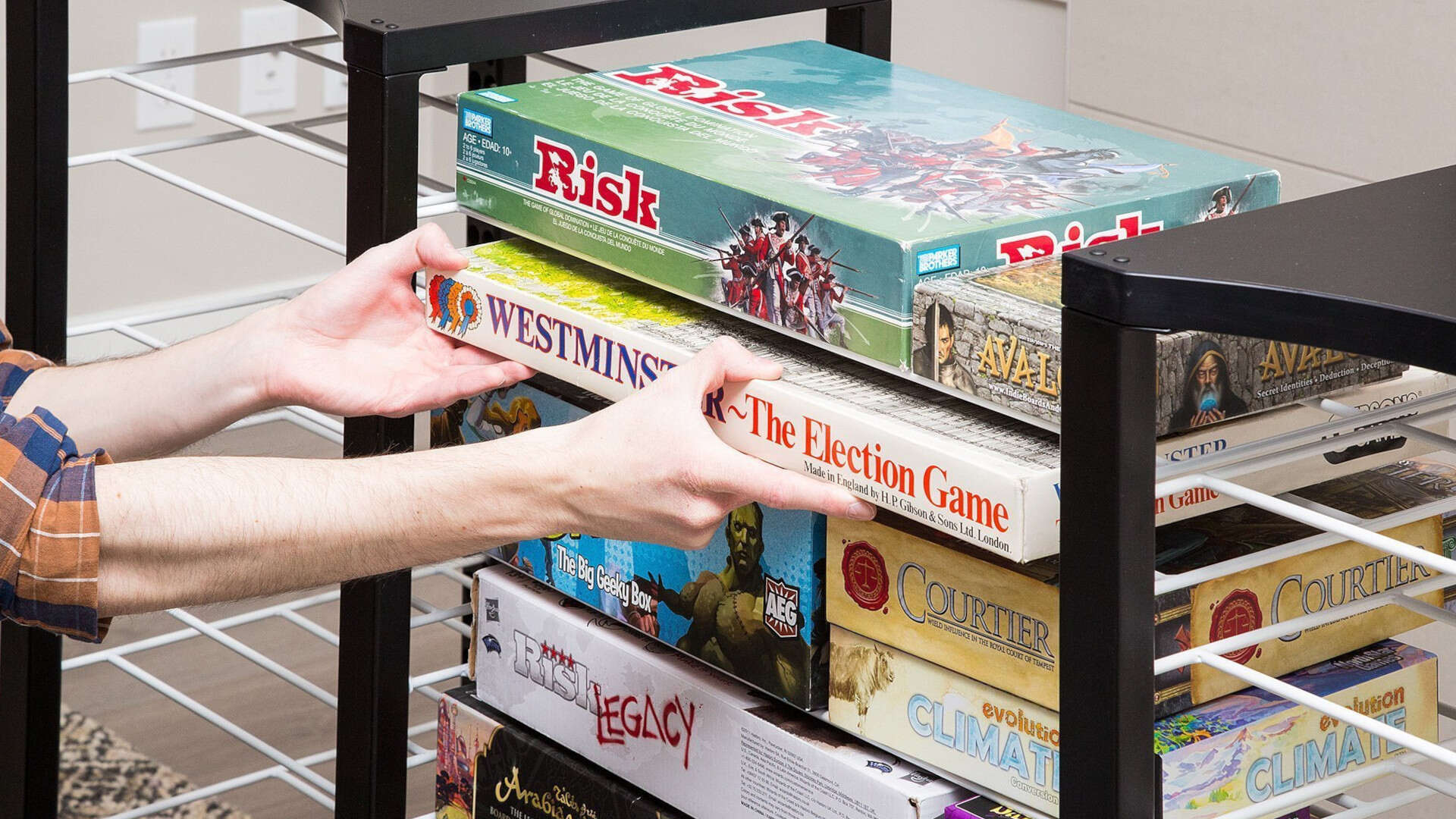
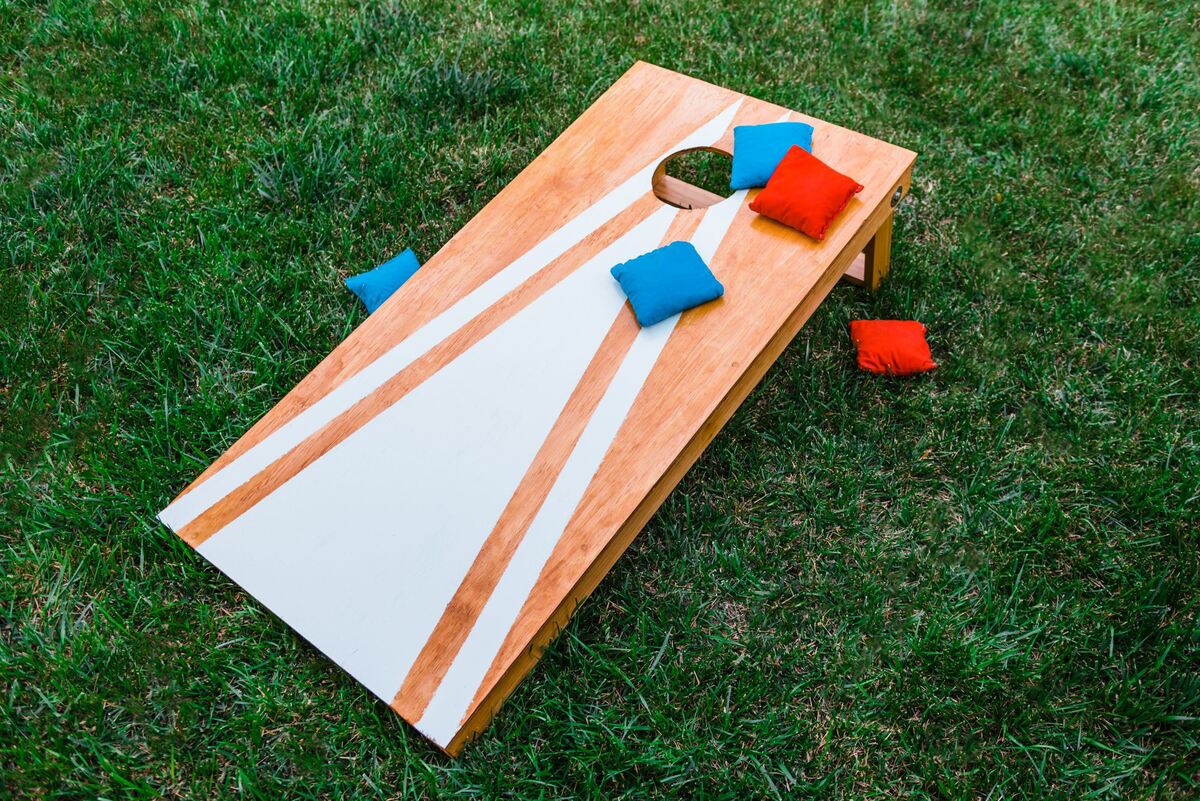
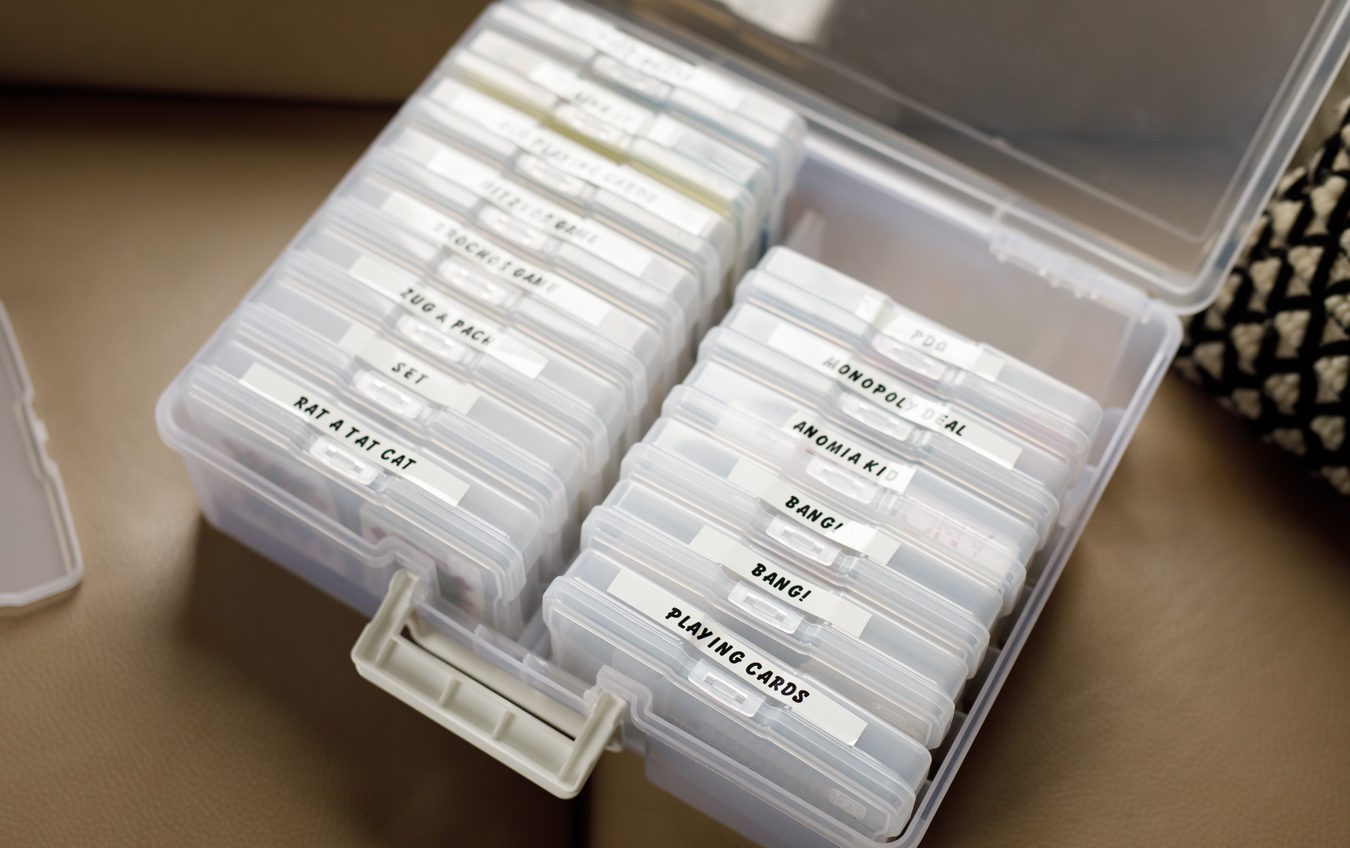

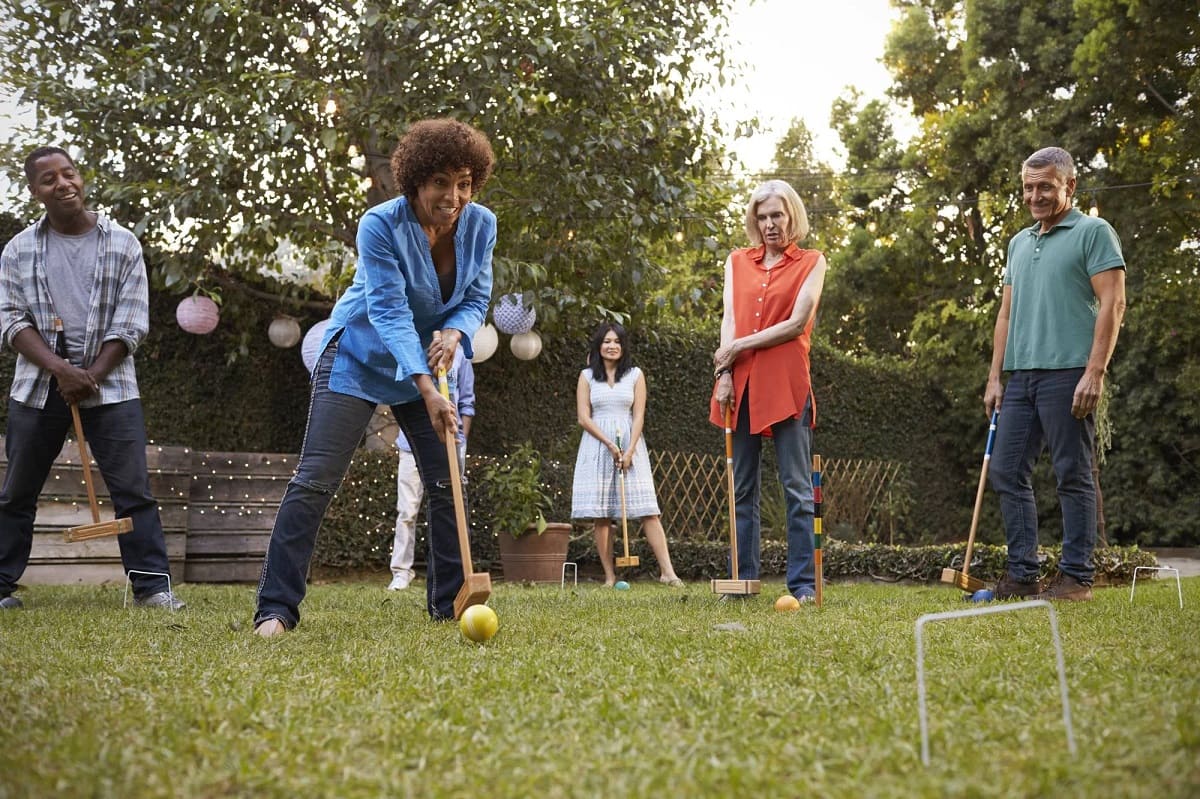
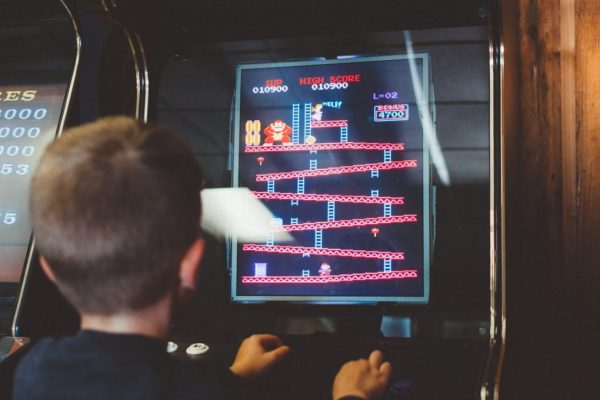
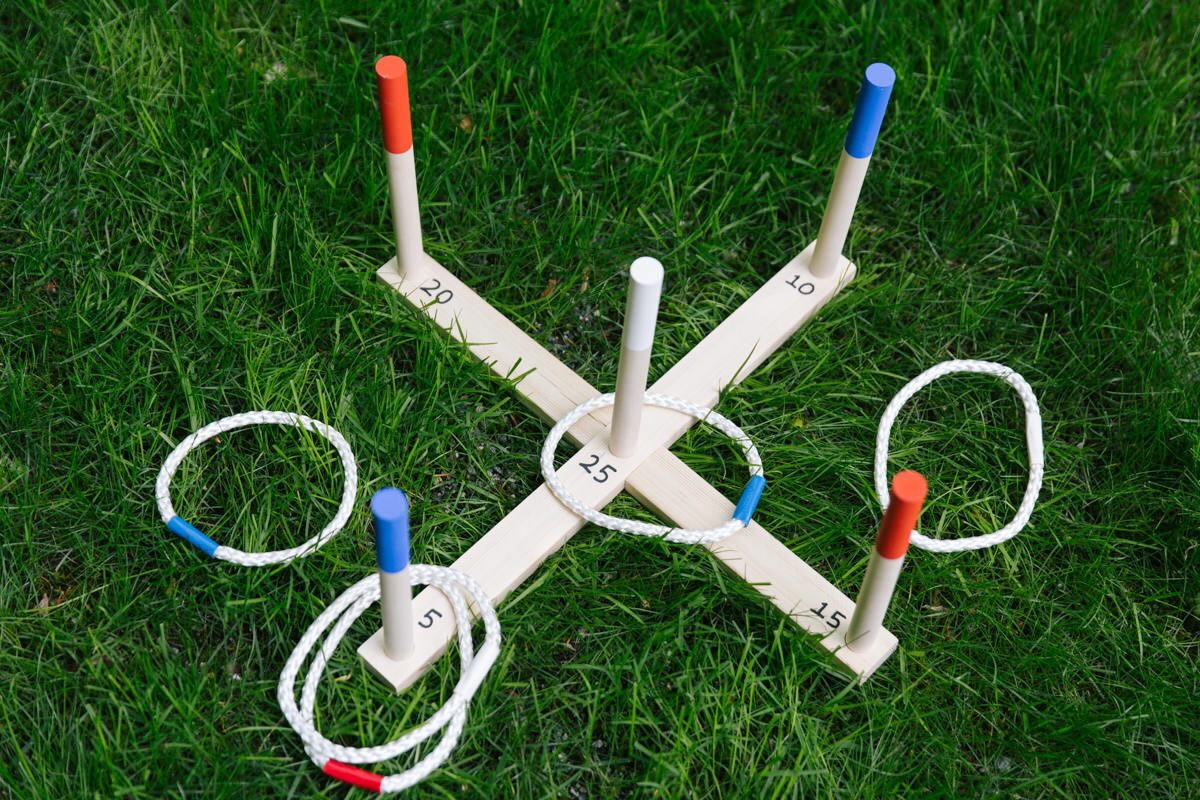
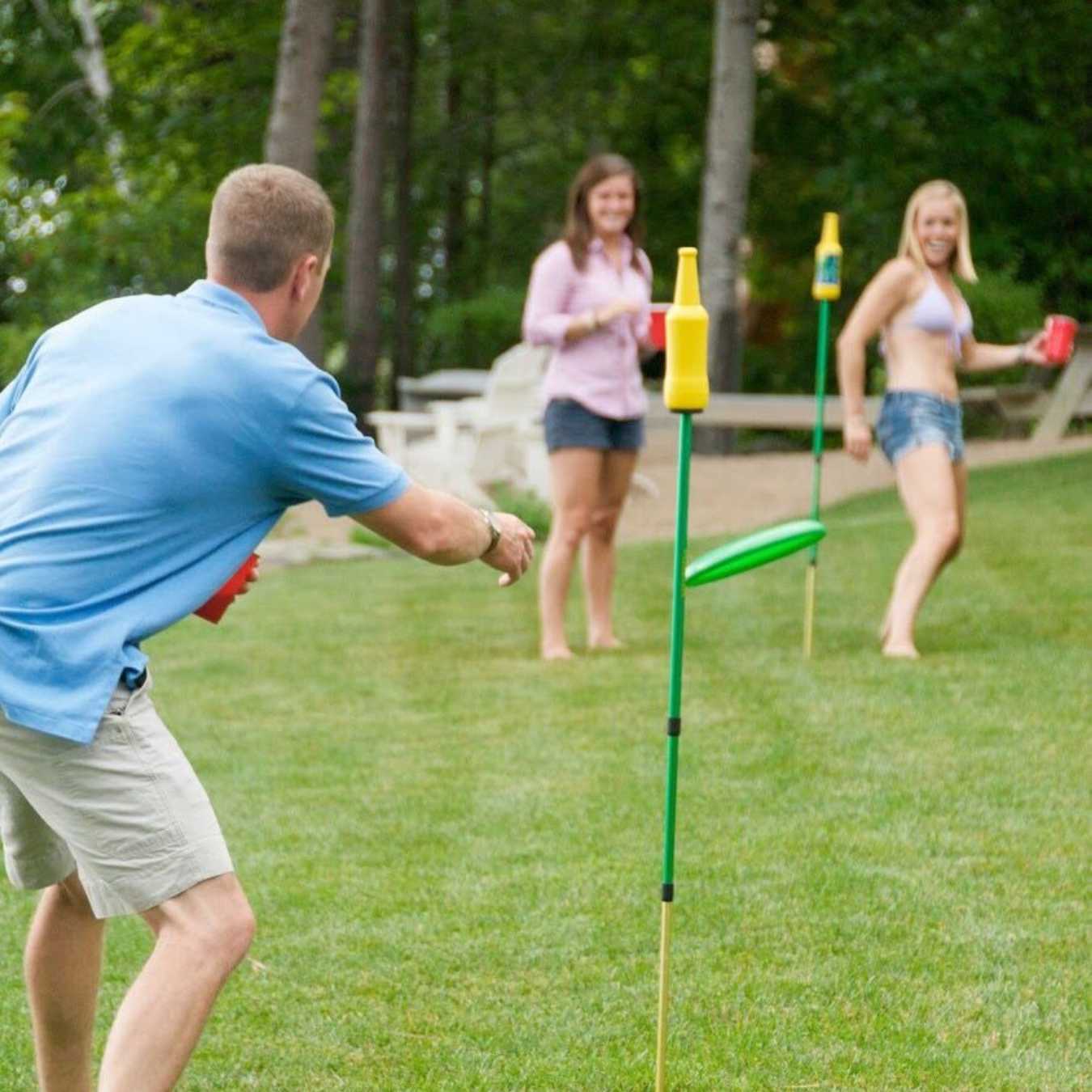

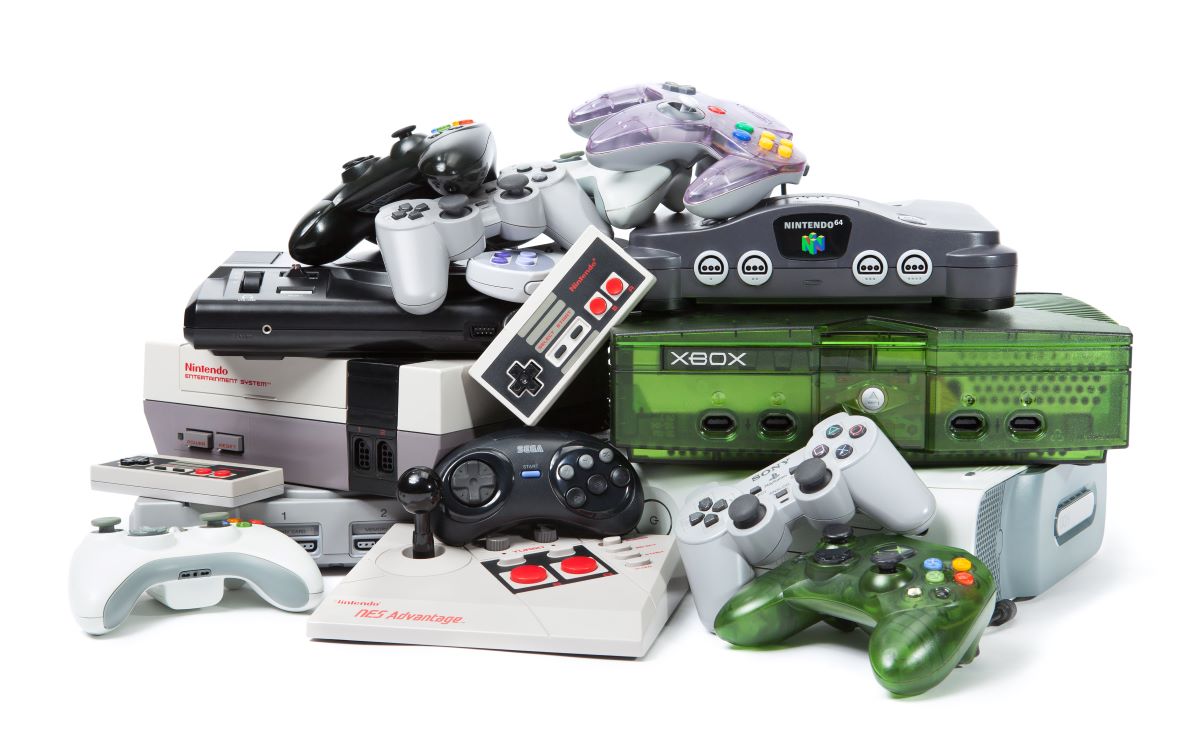
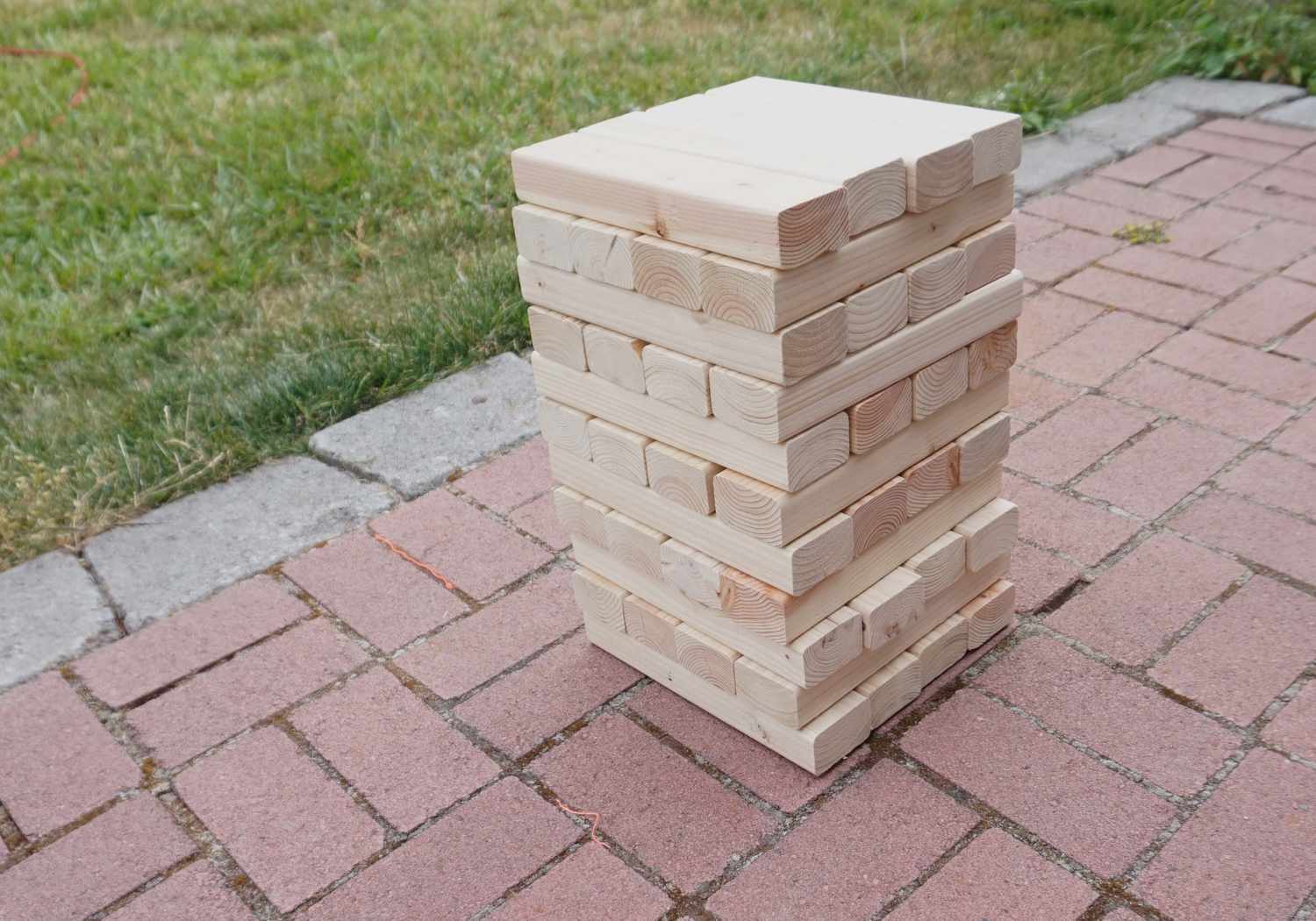
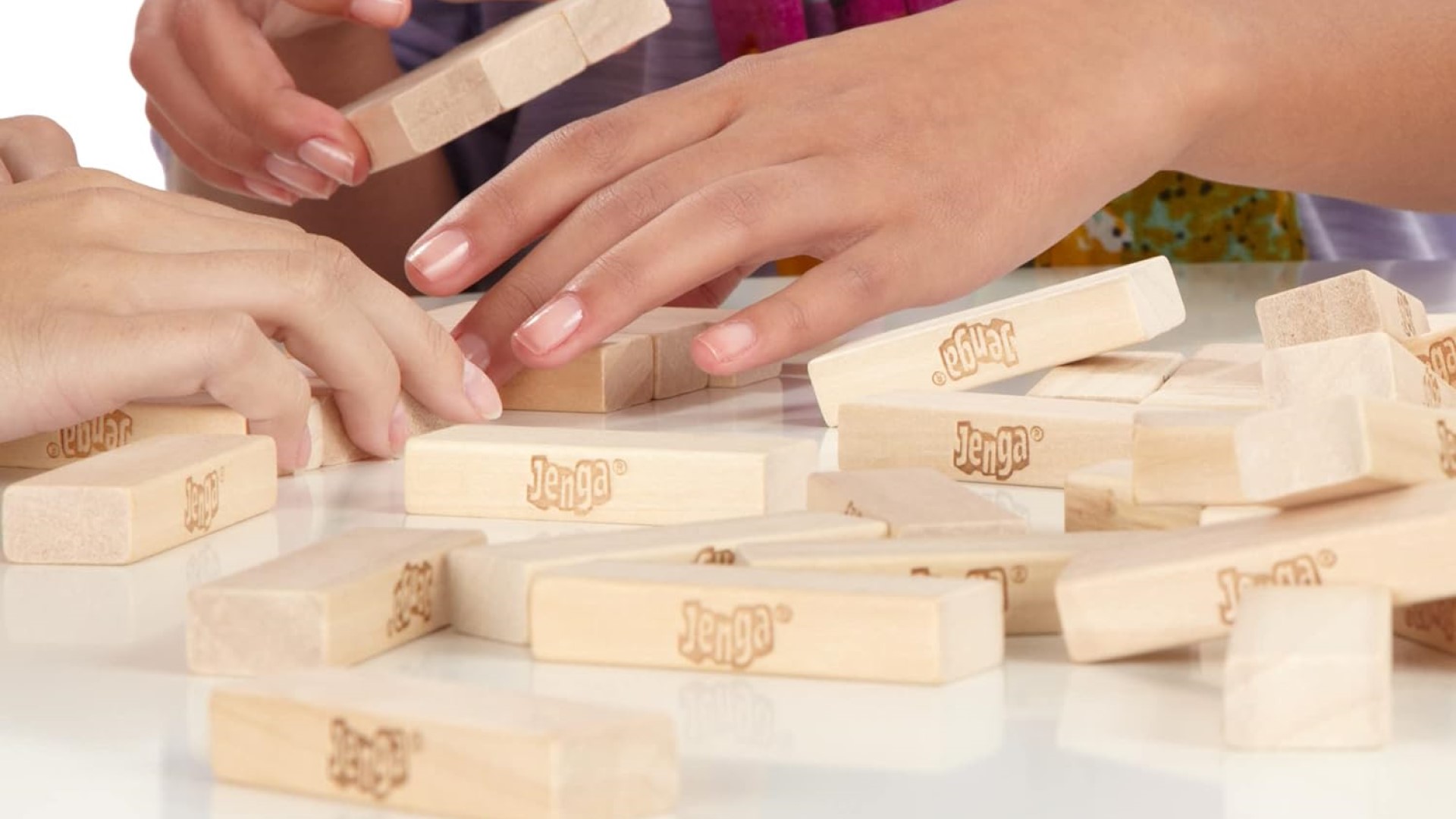
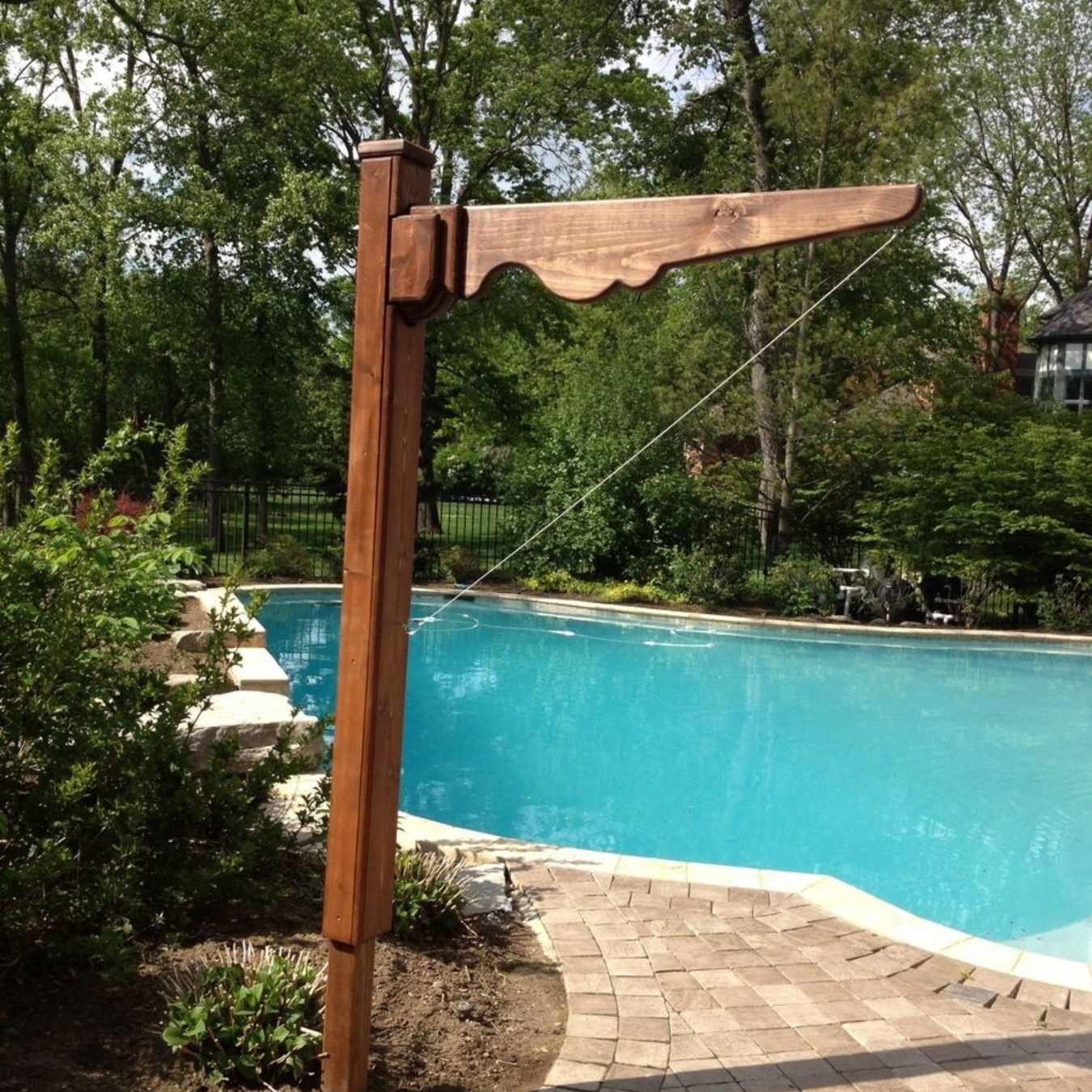
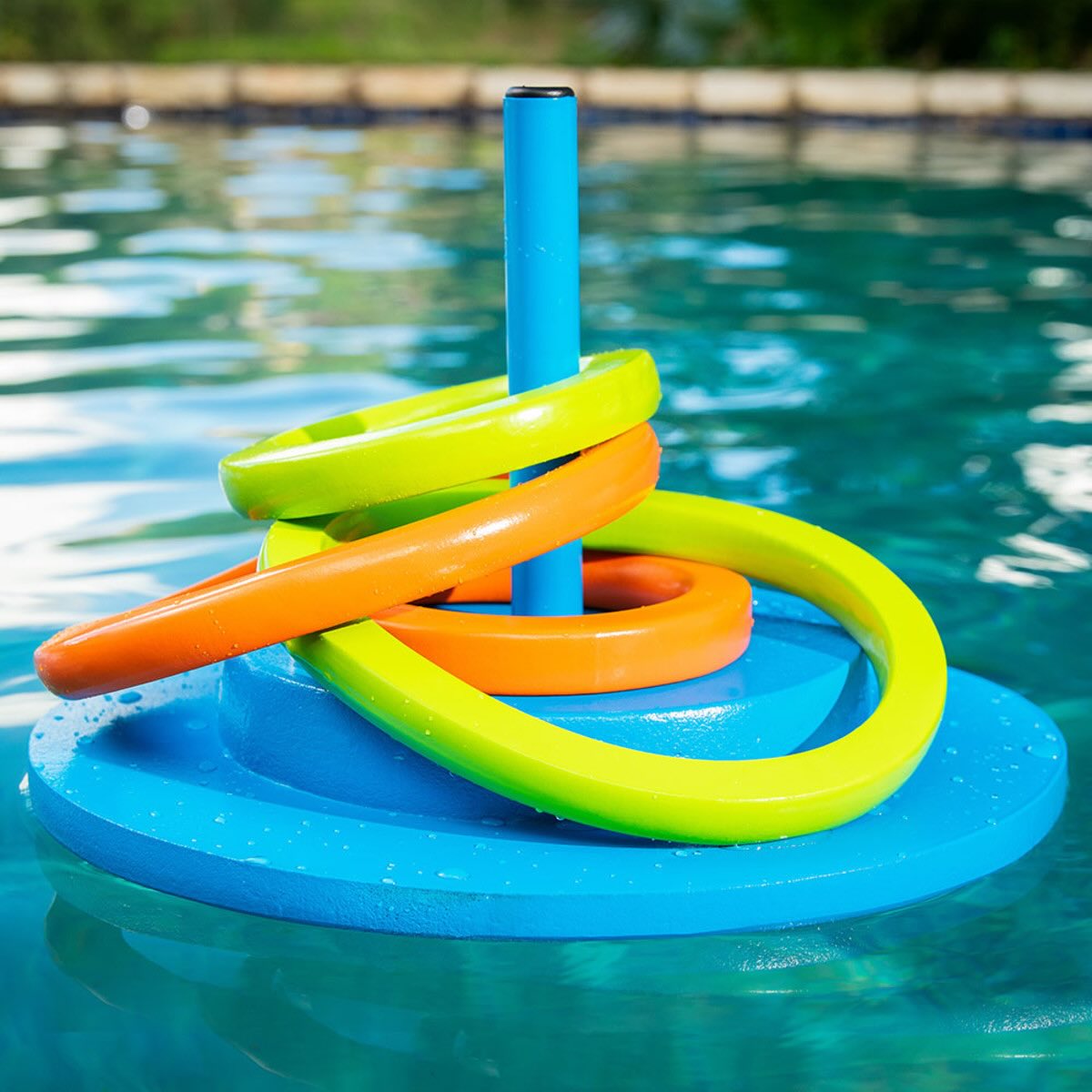

0 thoughts on “How To Organize Games”